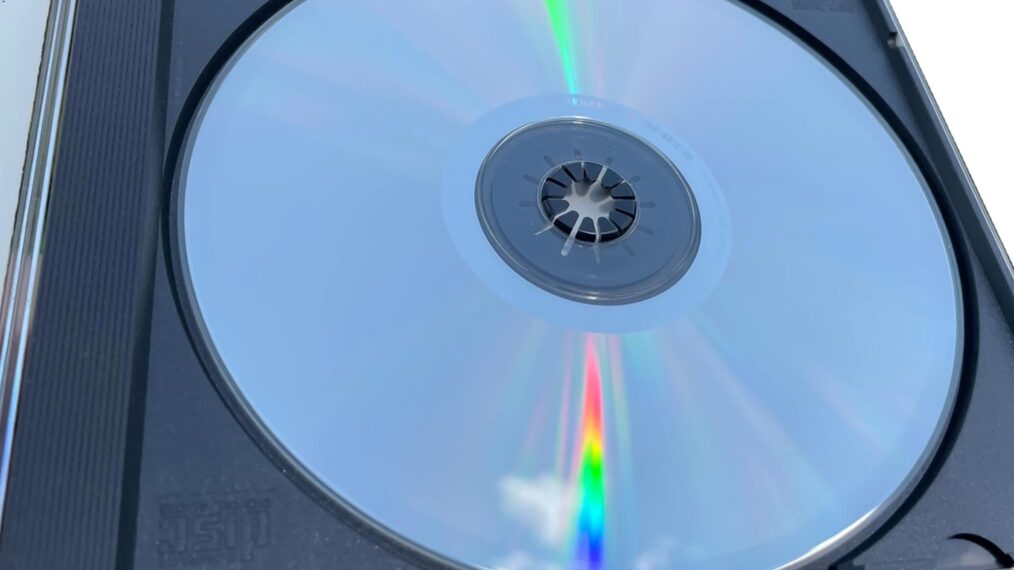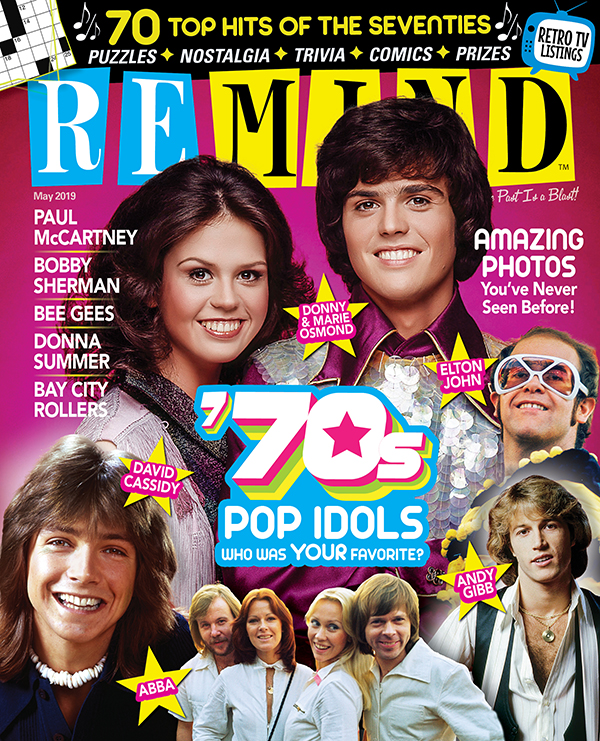What Was on the First Compact Disc Ever Produced?

Do you remember the last time you listened to an actual CD in a CD player?
You’ve probably stashed your collection away in boxes, sold them for $1 each at a yard sale, donated them to charity or maybe even tossed them in the trash.
But in the early ’80s, the audio compact disc was a revolutionary digital format that changed how we consumed and listed to music. The higher audio quality, durability and eventual portability of the media made it head-and-shoulders above cassettes or vinyl records. The ability to easily skip to certain tracks — even specific moments of tracks — was a huge advantage. We could shuffle tracks randomly. We could put six CDs into a rotary CD changer and play stuff for hours upon hours.
We could annoy our roommates by putting songs on perpetual repeat! [evil cackling]
Through the late 1970s, Philips and Sony worked jointly to develop the technology. On August 17, 1982, Royal Philips Electronics pressed the first CD at their factory in Germany. It was The Visitors by ABBA.
In the fall of 1982, the first CD player, the Sony CDP-101, and the first commercially available CD albums came to market in Japan. In 1984, Sony had engineered CD-player tech to be portable with its first Discman.
Dire Straits’ 1985 Brothers in Arms was the first album to sell a million copies in CD format.
In 1999, CDs amassed $13 billion in sales, a whopping 88% of the $14.6 billion spent on music that year.
That all changed with the rise of Napster and digital music file sharing over the internet in the early 2000s. Soon the iPod and portable MP3 players began replacing CD players, and iTunes and other legal online retailers began replacing brick-and-mortar record stores. Streaming services like Apple Music, Spotify and Amazon Music have made physical media and the “album sale” a thing of the past.
In 2022, sales of CDs dropped to $482.6 million. Sales of vinyl LPs outsold CDs for the first time since 1987.
For nostalgia buffs and hardcore audiophiles and collectors, the rise of vinyl LP sales is encouraging. It reveals a growing desire among music fans to have something tangible, and to have a certain level of ownership and control of the media. With the somewhat fickle nature of content available on streaming services (and the increasing costs of subscriptions), at least we know that as long as we have a functioning CD player or a turntable, the beloved records that we bought way back when can still be enjoyed.

70s Pop Idols
May 2019
The biggest and best from the worlds of rock and disco!
Buy This Issue